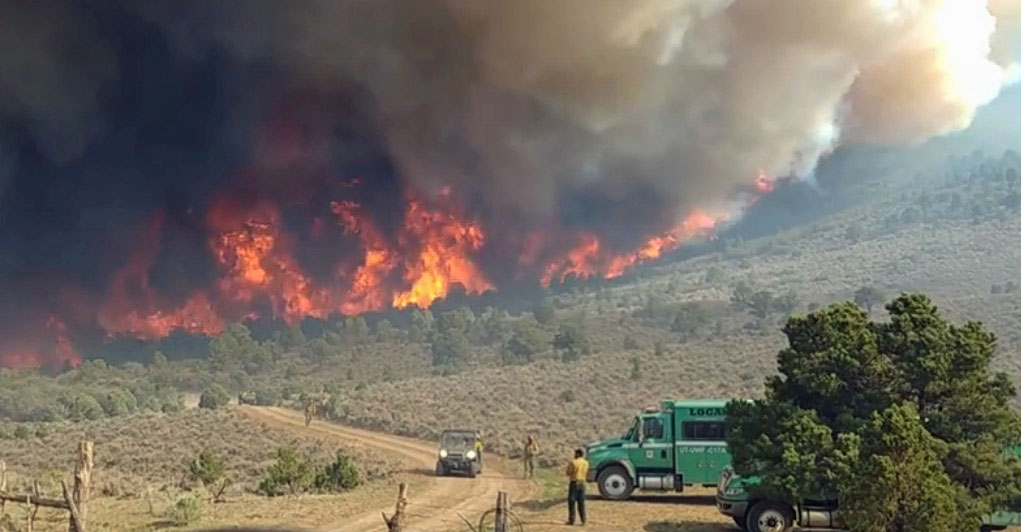
In Colorado the effects of multiple constitutional amendments have combined, resulting in unintended consequences that have repeatedly reduced tax receipts for fire districts. Automatic changes in the tax rates will continue unless voters, county by county, approve ballot measures on November 6.
Below is an excerpt from The Journal:
Under the Gallagher [Constitutional] Amendment, 45 percent of the total amount of state property tax collected must come from residential property, and 55 percent of the property tax collected must come from commercial property.
The amendment mandates that the assessment rate for commercial property, which is responsible for 55 percent of the total state property tax burden, be fixed at 29 percent. The residential rate, on the other hand, is annually adjusted to hold the 45/55 split constant.
Because of skyrocketing home values on the Front Range, the residential tax rate was dropped statewide to stay within Gallagher’s ratio requirements. In Montezuma County, the residential tax rate recently dropped from 7.9 percent to 7.2 percent and is expected to drop further to 6 percent in 2019.
As home values continue to rise, the tax rates on residences automatically decrease, resulting in shrinking budgets for fire districts.
Another Constitutional amendment, the Taxpayers Bill of Rights, mandates that the property tax rate can’t change without voter approval.
On next week’s ballot is a third amendment, Amendment 73, a very complex tax measure. If it passes, according to The Business Times, it “will fund schools by funneling property tax revenues away from fire departments and other special districts’ budgets to give it to schools.”
What 50 fire districts in 20 counties in Colorado are hoping is that in next week’s election voters in each county will approve ballot measures that will stabilize fire protection funding. With the previous tax receipt reductions, and more expected in the next few years, many fire districts are in dire financial straits and worry that they will have to lay off firefighters and close fire stations.
From the Summit Daily: “Our budgets have been dropping for a long time,” said Jeff Berino, fire chief at Summit Fire & EMS. “Every two years we’ve been seeing less income. We’ve absorbed the hits over the years, but it’s time to draw a line in the sand.”
And it will only get worse unless voters can be convinced that this complex situation needs to be fixed and approve the ballot initiatives on Tuesday.
The video below, posted by the Rocky Mountain Fire District, explains the interaction between two Colorado constitutional amendments (Gallagher and Taxpayers Bill of Rights) and the effect on fire departments in the state.
This is a complex situation that can’t be easily and quickly explained. Some voters might be scared into not approving the ballot measures, hearing that they have something to do with taxes. Firefighters have their work cut out for them to communicate the message that the ongoing automatic reductions in tax revenue for the fire districts need to be reversed and stabilized. If that does not happen, they may be forced into implementing drastic cuts in fire and emergency services.
All three of these Colorado constitutional amendments, crafted with insufficient thought, work together in ways that are unintended, with very severe and negative effects on fire districts.

Thanks for outlining the problem Bill.
The effect of Gallagher and TABOR combined is disproportionate and the end result will be reduced initial attack capability where Colorado needs it most on the grasslands and in forested areas.
Fire, EMS, and rescue services will be impacted for open spaces, parks, and forests since the smaller districts pay for and provide most of the services where the majority of Colorado’s outdoor recreational activities take place.
With a partisan gridlocked State legislature, the only option in impacted districts is a local mill levy increase.